Crockpot Sunday Dinner
Crockpot Sunday Dinner I am a serious crockpot fanatic! I have the Crock-Pot Cook' N Carry 6-Quart Portable Slow Cooker in Stainless Steel and I love it. These things get a workout year-round. Here...
It happened as I came in from a quick shopping trip early morning a few weeks ago. I dropped an entire carton of apples. 16 of them to be exact. 16 REALLY good apples. Ugh, it's not a huge deal for me but the bruises make my kids pick another fruit instead leaving me with a surplus of apples. We are working hard towards zero waste so instead of keeping those apples a few more days to see if anyone ate them, we made this delicious, long-lasting slow cooker recipe of low-sugar apple butter in recipe crockpot which is amazing! We hope that this Apple Butter Crockpot Recipe post inspires you.
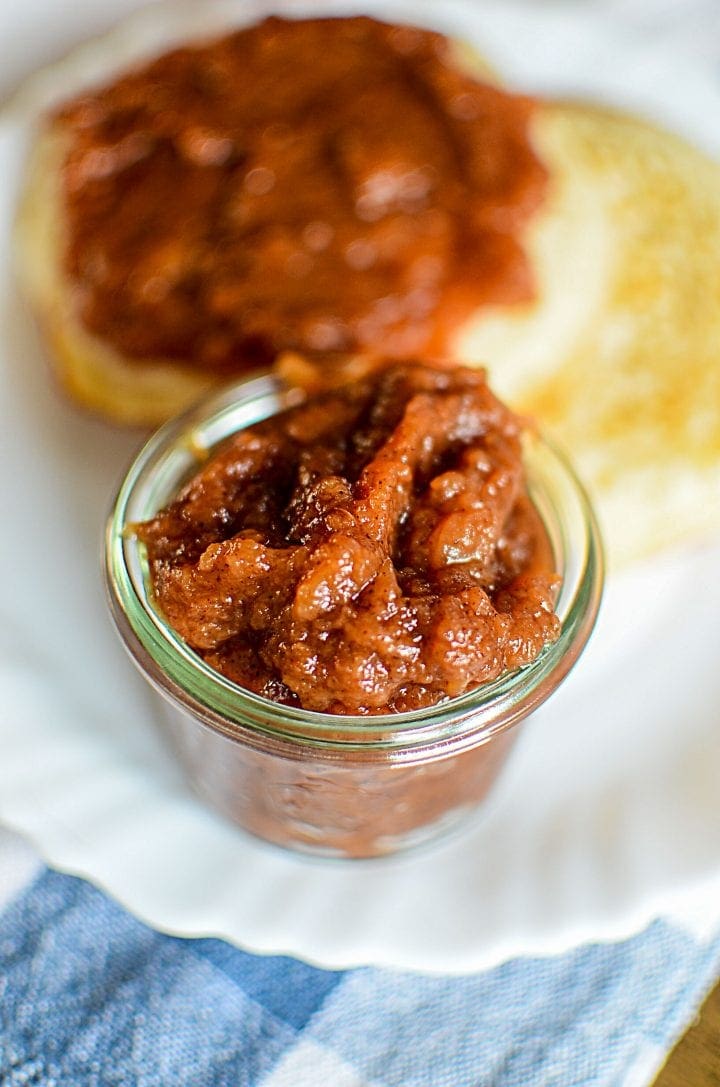

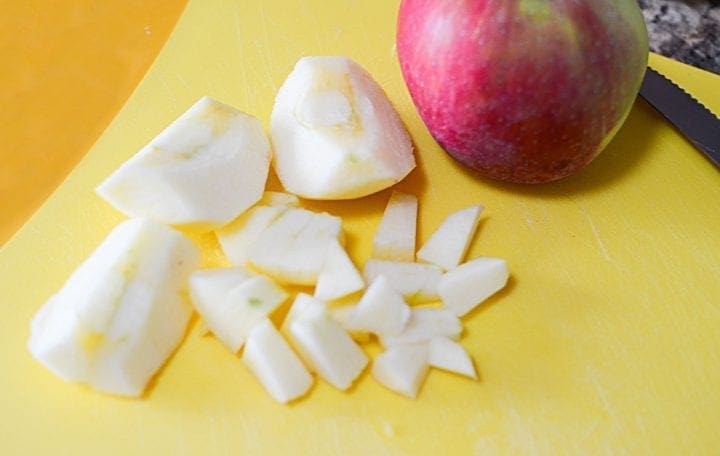

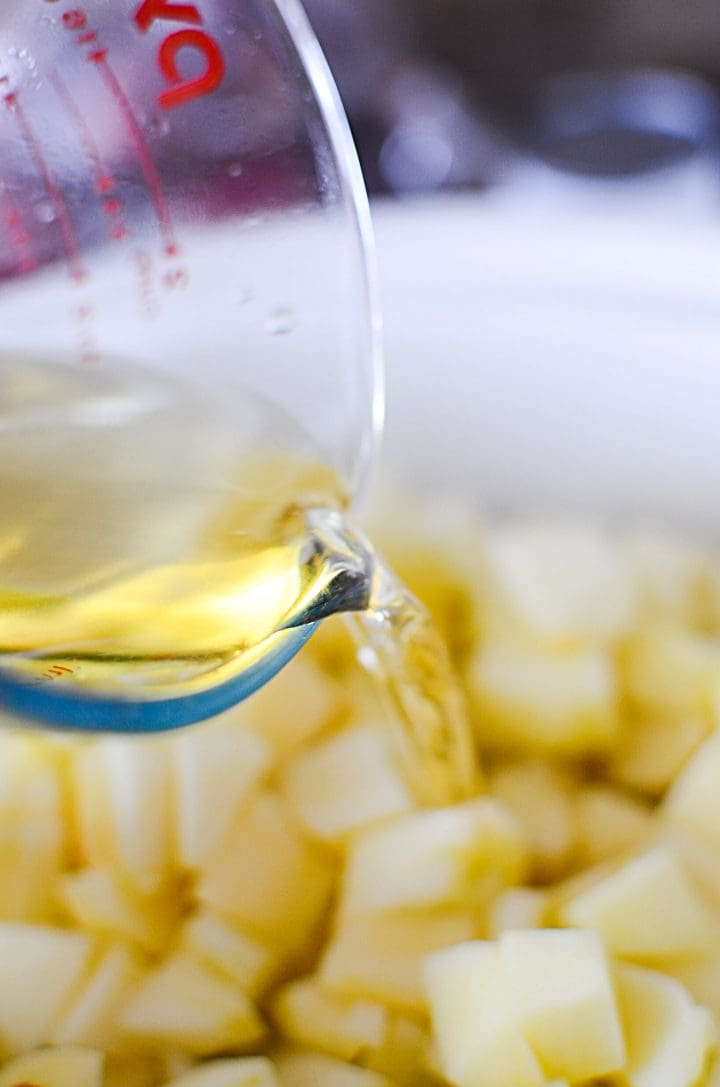
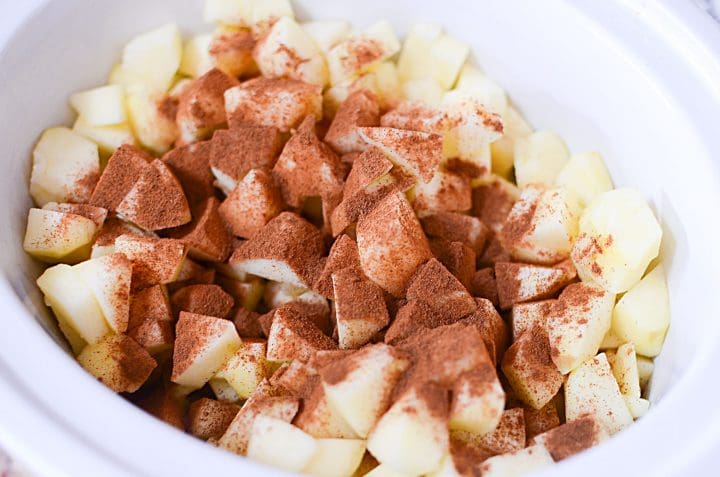



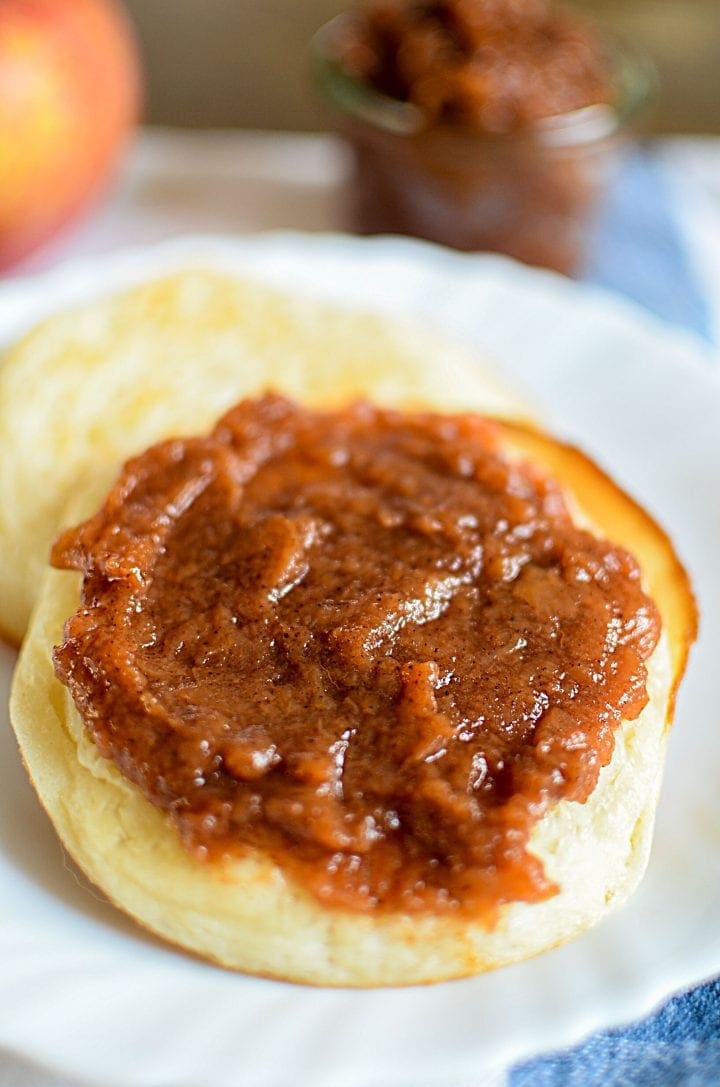

RECIPE NOTES: I would periodically stir the apples as they cooked. Near the end of cooking, if there seems to be too much juice that is effecting the consistency of the butter, then remove the lid and turn the heat to high. Let cook for another hour or so to evaporate the extra liquid, but just keep an eye on it and continue to stir it from time to time to encourage more evaporation.
The types of apples that you use will also affect the sweetness of the butter. I used Honeycrisp apples that are slightly tart but still sweet, and I found the butter was more than sweet enough for my liking. Other apples that are sweeter by nature, like McIntosh or Galas, will of course lend a sweeter butter. Whether you needed canning crockpot apple butter recipe, crockpot apple butter recipe no sugar, crockpot apple butter low sugar or even easy crockpot apple butter for canning, our homemade apple butter crockpot will not disappoint.

Apple butter, that thick, rich spread with its concentrated apple flavor and warming spices boasts a history as sweet and complex as its taste.
Medieval Origins: The story likely begins in the Middle Ages (around 500-1500 AD) in the regions of Limburg (present-day Belgium and Netherlands) and Rhineland (Germany). Monasteries with vast apple orchards were the first known producers, using this method to preserve their apple harvests during a time without refrigeration.
Early Preparation: Back then, the process involved simmering large pots of apples with spices like cinnamon, cloves, and allspice for hours, slowly reducing them to a thick, spreadable consistency. This labor-intensive process often involved communal efforts, making it a social event as well.
Colonial Journey: In the 17th century, European immigrants, particularly the Pennsylvania Dutch, brought this tradition to America. Apples were abundant in the colonies, making apple butter a practical and delicious way to preserve them. It quickly became a staple in colonial kitchens, often featuring at celebratory meals and potlucks. Its association with abundance and hospitality cemented its place in American culinary history.
Evolution and Adaptations: As America expanded westward, apple butter adapted to diverse regions. Sweetened versions became popular in the South, while spicier variations emerged in the Midwest. Local ingredients like corn syrup and molasses added unique twists. With the invention of canning in the 19th century, apple butter's primary purpose for preservation shifted. However, its popularity as a delicious spread endured, even evolving into commercially produced versions.
Modern Landscape: Today, apple butter continues to be a beloved part of American cuisine. From traditional recipes passed down through generations to modern interpretations by chefs, it remains a versatile and flavorful addition to breakfast tables, cheese boards, and even savory dishes. Beyond its culinary significance, apple butter represents various cultural aspects. It evokes feelings of home, family gatherings, and autumnal coziness.
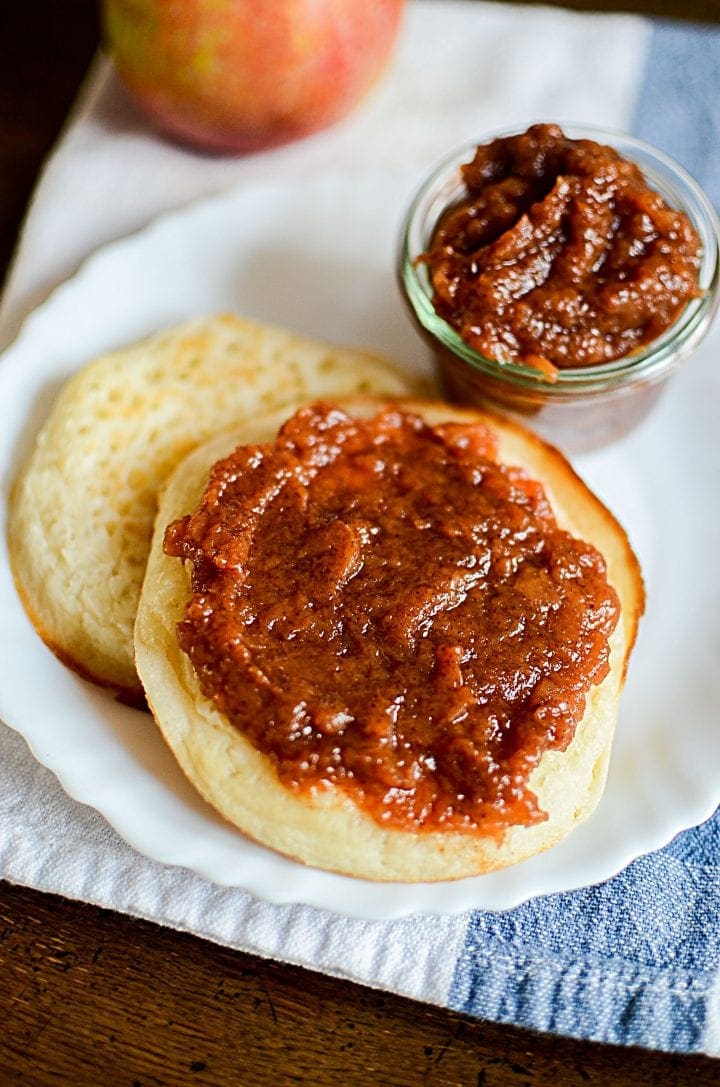
Apple butter offers a delicious blank canvas for experimentation, allowing you to explore various flavor profiles and ingredients to suit your preferences. Below we've shared some popular apple butter recipe variations to spark your inspiration.

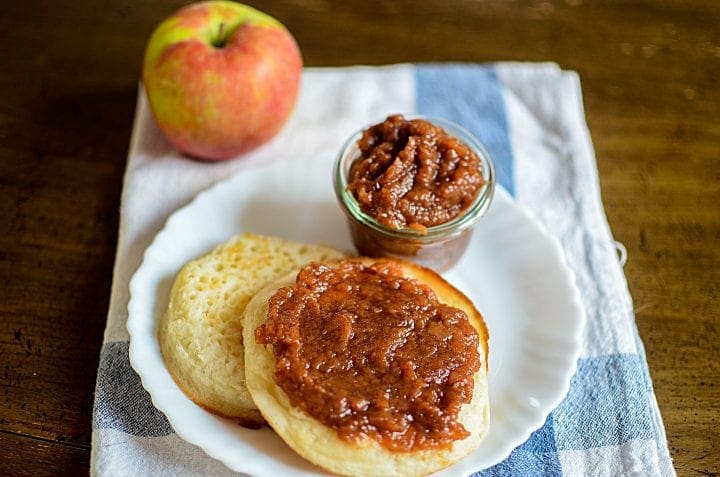
Apple butter's journey is a testament to the lasting power of culinary traditions, passed down through generations and adapting to new contexts. From its humble beginnings to its modern popularity, this sweet spread continues to warm hearts and tantalize taste buds. Remember that the types of apples that you use will also affect the sweetness of the butter. I used Honeycrisp apples that are slightly tart but still sweet, and I found the butter was more than sweet enough for my liking. Other apples that are sweeter by nature, like McIntosh or Galas, will of course lend a sweeter butter.

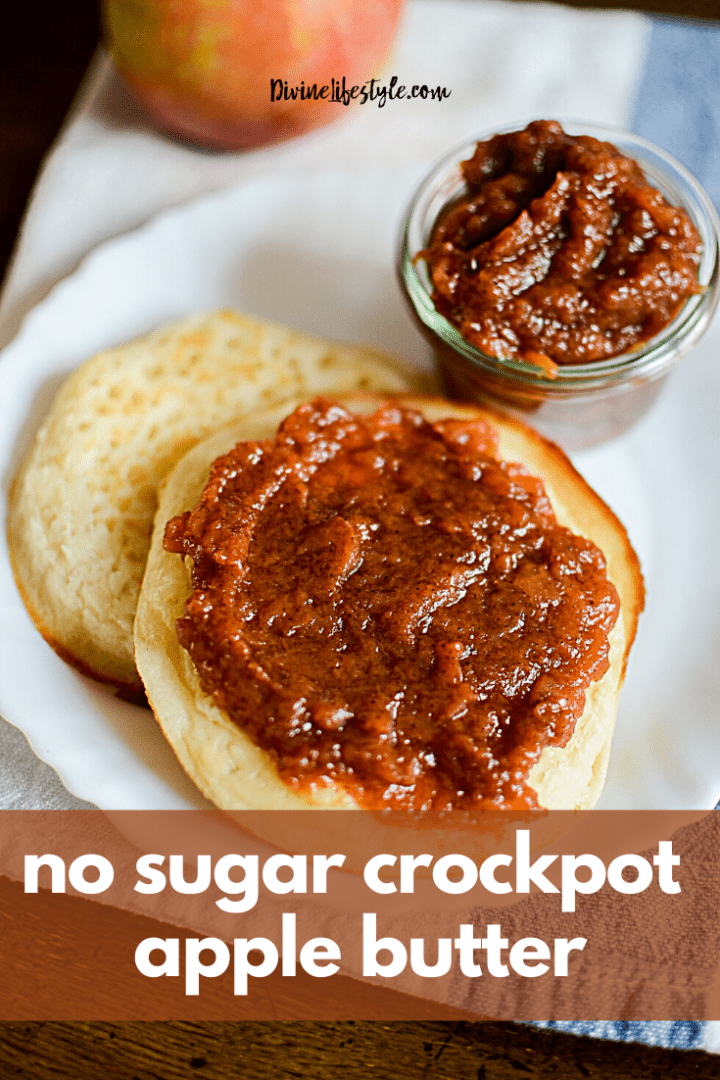
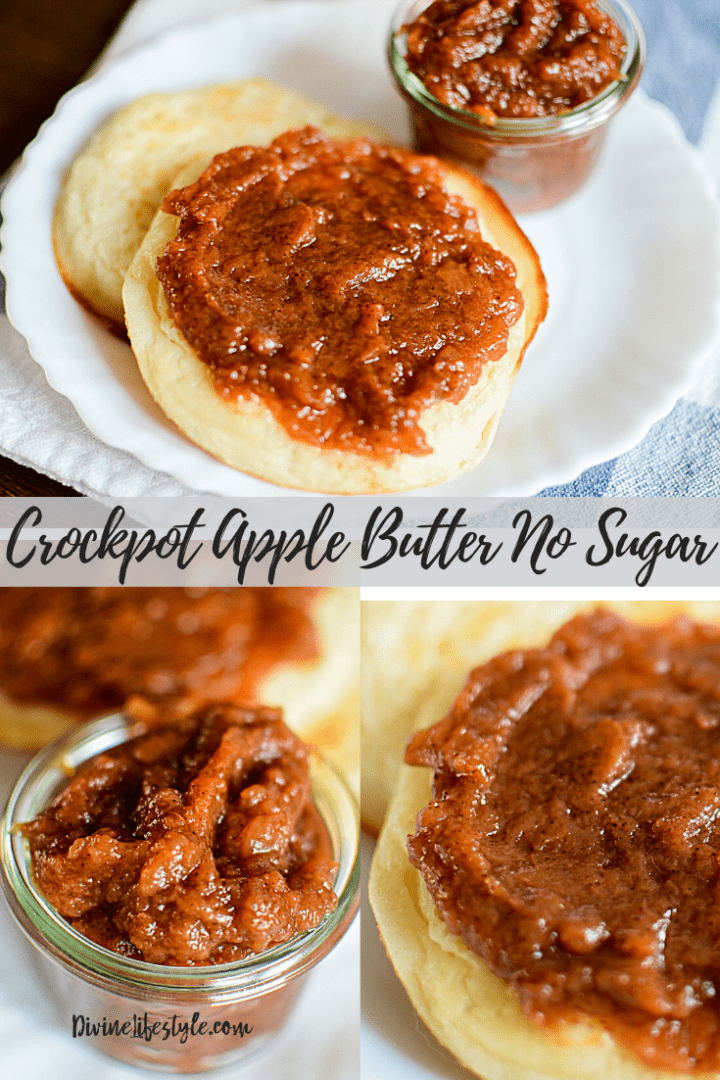
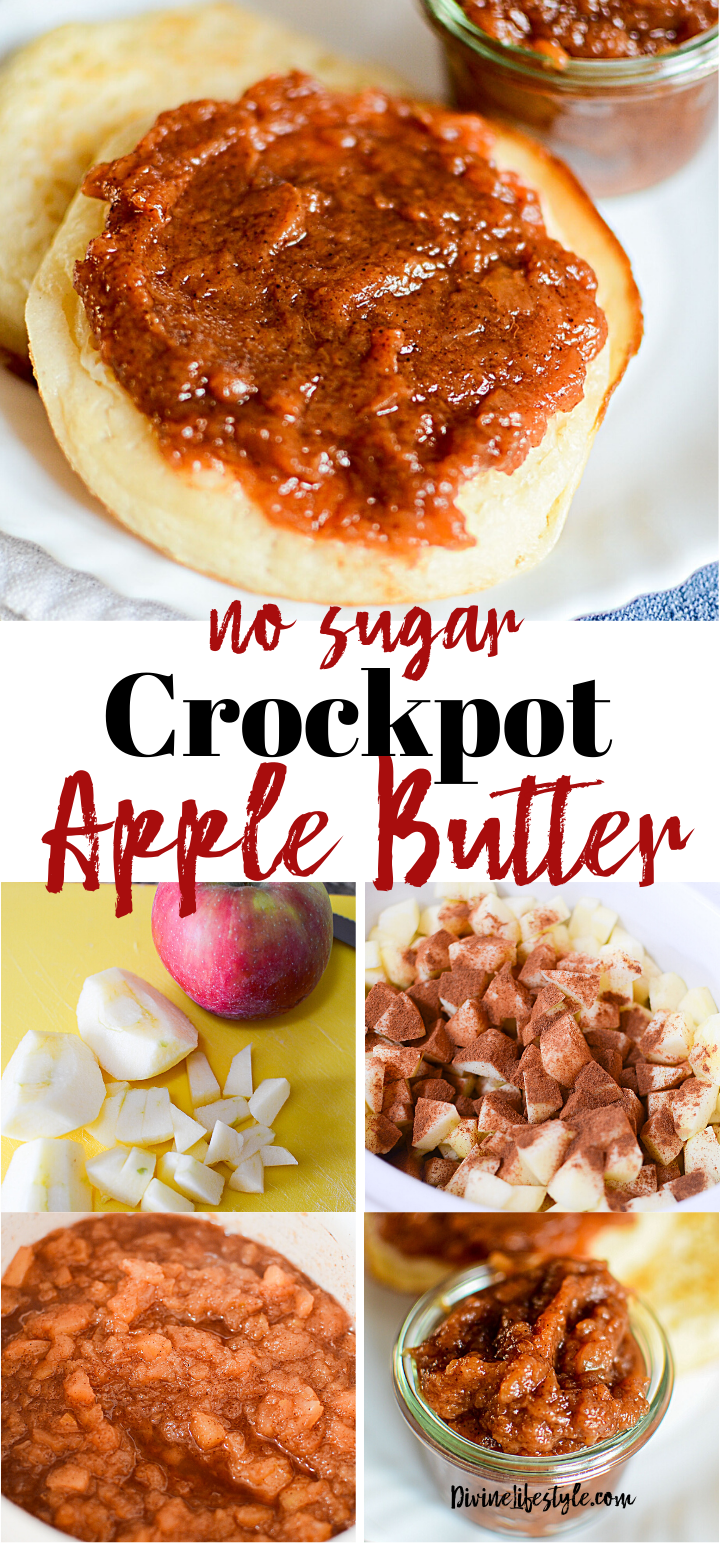
Pingback: Apple Fritters Recipe